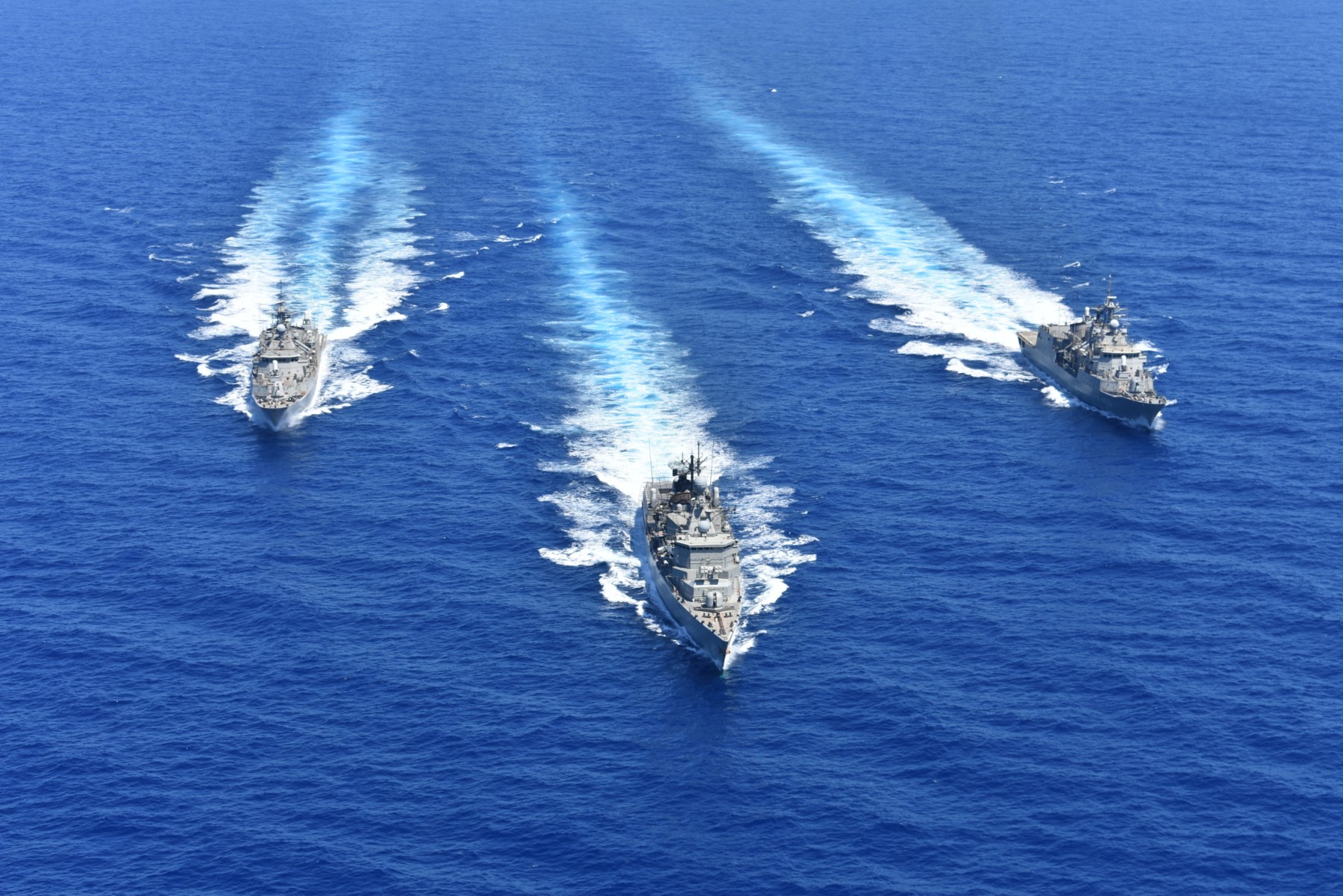Recently, Turkey has escalated her threats against Greece and Cyprus, as witnessed by the statements made by the Ministers of Defence and Foreign Affairs of President Erdogan.
They refer to the demilitarisation of the islands in the Aegean and Greece’s sovereignty over them, Turkey’s claims in the Exclusive Economic Zone of Cyprus and the creation of a fait accompli in Famagusta.
These actions of Turkey constitute a flagrant violation of the U.N. Charter’s principles and international law that concern the threat or use of force in international relations of states.
Article 2, paragraph 4 of the U.N. Charter, provides that “all Members shall refrain in their international relations from the threat or use of force against any state’s territorial integrity or political independence” to maintain international peace and security.
Moreover, Article 2 contains other principles and obligations supportive of this goal.
Inter alia are the sovereign equality of all members, the fulfilment in good faith of the obligations assumed by the members and the settlement of their international disputes by peaceful means.
Thirty years after adopting the Charter, a series of conventions and documents of international conferences have elaborated the essence of the principle of the non-use of force.
These documents are binding upon Turkey.
It is worth examining them, as they represent a special interest for the European region and amply demonstrate the extent of the flagrant violations of the principle by Turkey.
The first is the Helsinki Final Act adopted on August 1, 1975, by the Conference on Security and Cooperation in Europe, the present-day Organisation of Security and Cooperation in Europe (OSCE).
The relevant paragraph, which is binding upon Turkey as a contracting party, further elaborates on the principle, stating that “no consideration may be invoked to serve to warrant resort to the threat or use of force in contravention of the principle.”
Specific mention is made of the “indirect use of force, the manifestation of force for the purpose of inducing another participating state to renounce the full exercise of its sovereign rights and of acts of reprisal by force.”
Finally, implicit reference is made to the fact that disputes or questions likely to give rise to disputes should be left for peaceful settlement.
The Madrid Document, which followed the Final Act, considering the principle of the non-use of force as “a norm of international life”, uses stronger wording.
Expressions like “determination fully to respect and apply these principles and to promote by all means their increased effectiveness” and “the need that refraining from the threat or use of force should be strictly and effectively observed” carry particular weight in terms of legal jargon.
Finally, the Stockholm Document adopted in September 1986 by the Conference on Security-Building Measures and Disarmament in Europe contains 19 paragraphs on the principle of the non-use of force.
The Cyprus delegation took the initiative for their adoption.
The proposal was put forward at the Plenary in March 1985.
It was later elaborated by the Group of the Neutral and Non-Aligned countries (Austria, Cyprus, Finland, Liechtenstein, Malta, San Marino, Sweden, Switzerland, and Yugoslavia) based on a draft declaration submitted by the Cyprus delegation.
Among these paragraphs, there are two new provisions.
One, recalling the inherent right of individual or collective self-defence in case of an armed attack, and the other, stressing that non-compliance with the obligation of refraining from the threat or use of force constitutes a violation of international law.
The first found its way into the text as the only exception to the principle (vide Article 51 of the U.N. Charter).
The second is a caveat against those who do not consider their obligation to respect the principle.
Moreover, the link between security in Europe and security in the Mediterranean areas as a whole is viewed within the context of the provisions contained in the Mediterranean Chapter of the Final Act, the intention being to develop good neighbourly relations with all states in the region.
For the first time, we have together a variety of elements that project the non-use of force principle as a principle erga omnes.
These are the universal and European dimensions of the principle of the non-use of force which Turkey flagrantly violates.
The governments of Greece and Cyprus denounced Turkey at the United Nations and European Union, while recently, the Greek Foreign Ministry made a démarche in Ankara strongly protesting the threats.
A positive element in this regard is the position taken by Washington, London, and Brussels that the sovereignty of Greece over the islands in the Aegean is not to be disputed, nor that of Cyprus in its Exclusive Economic Zone.
It augers well that the climate created by the crisis in Ukraine offers the opportunity to denounce Turkey for her threatening behaviour at the OSCE, the organisation which diligently elaborated the principle of the non-use of force, to confirm that no one has the right to avoid its implementation.
By Dr Andrestinos Papadopoulos, Ambassador a.h.










